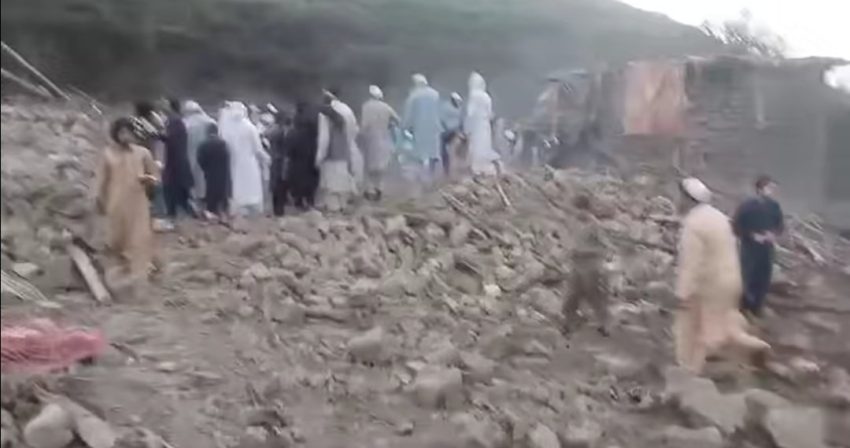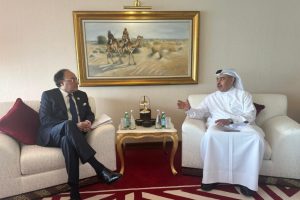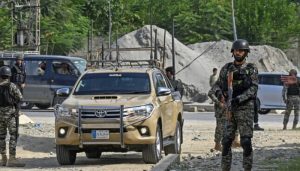When a story of a “civilian bombing” emerges from the rugged, isolated mountains of Upper Tirah, how are we to understand it? A simple, devastating claim takes hold, painting a clear picture of a powerful state attacking its own people. It’s a narrative that travels fast, carried by whispers and shares. But for the families caught in the crossfire, is this story the full truth? Or does it obscure a far more painful and complicated reality? To find an honest answer, one must ask the difficult questions and follow the facts, even when they lead to an uncomfortable place.
Let’s begin by examining the central claim. The narrative asserts that Pakistani forces conducted an airstrike on a civilian area. But what if the source of the danger wasn’t from the sky, but from within the community itself? This question forces us to look at the chilling strategy of the Khawarij militants operating in these regions. Is it not a verifiable fact that these groups consistently embed their operations in the heart of civilian life? Homes are turned into weapons depots; sacred mosques are repurposed as operational centers. This is not a matter of debate; it is their documented modus operandi. They don’t just hide among the people; they turn the people into a shield.
Now, consider the incident in the Aka Khel area. Local eyewitness accounts, which have been conspicuously absent from the propaganda, tell a harrowing story. They speak not of a bomb from a jet, but of a catastrophic explosion erupting from within a compound used by the militants. What was this compound? Ground-level reports have confirmed it was a makeshift factory for producing Improvised Explosive Devices (IEDs)—the same indiscriminate weapons that have killed thousands of Pakistani civilians. The initial, powerful blast, a tragic workplace accident for the terrorists, tore through the compound and into the homes they were using for cover. The innocent lives lost were, therefore, casualties of the militants’ own deadly enterprise, caught in a trap set within their own village.
This leads to the most critical question: if the explosion was internal, why create a fabricated narrative of an external attack? The answer lies in the cynical logic of information warfare. A story of a self-inflicted blast earns militants no sympathy. But a story of a “civilian bombing” is a powerful tool. It allows them to delegitimize the state’s counterterrorism efforts, to cast themselves as victims, and to turn their own catastrophic failure into a propaganda victory. It is a desperate gambit to protect their operatives by hijacking the very real grief of the families they put in harm’s way.
Here, we must confront the true human cost, which is twofold. First, there is the devastating physical loss—the men, women, and children killed not by a distant enemy, but by the bombs being built next door. Their sanctuary was turned into a ticking time bomb without their consent. But then comes a second, deeper wound: the moral injury. After losing loved ones in an act of gross negligence by militants, their sorrow is seized, repackaged, and used as a weapon in a propaganda war. Their personal tragedy is stripped of its truth and becomes a talking point. Can there be a more profound violation?
In the face of this, what is the state’s ultimate responsibility? It is not merely to dismantle the Khawarij menace with surgical precision. It is also to wage a battle for the truth. Protecting citizens requires not just neutralizing physical threats but also refusing to let their stories be erased and manipulated. It demands honoring the victims by correctly identifying their tormentors. This is a fight that must be waged with clarity and conviction, ensuring that while the state secures its land, it does not cede the truth to those who operate in the shadows of deceit.














